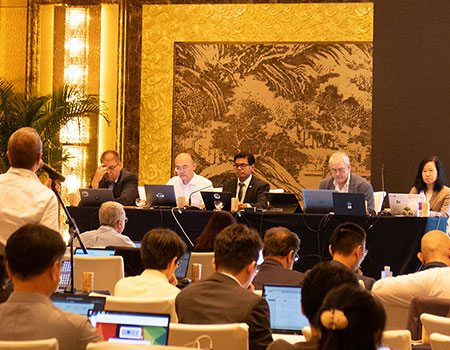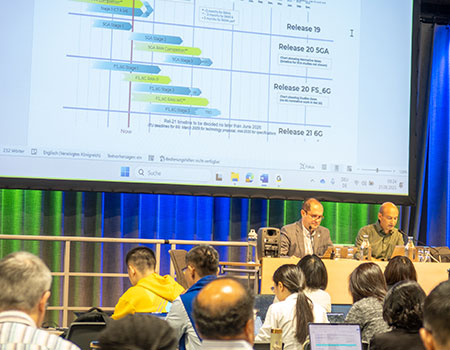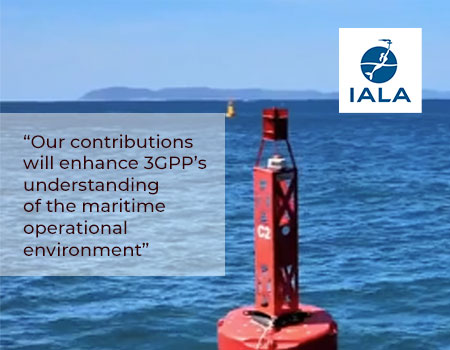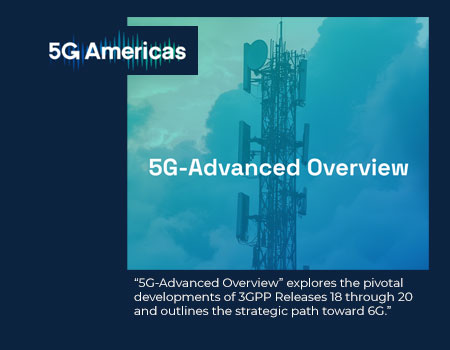An Interview with Philippe Reininger - RAN3 Chairman
April 12, 2015
In an interview with IIR – to promote their “RAN & Backhaul Networks 2015” Conference (Berlin, 20 - 21 May 2015) - Philippe Reininger, Chairman 3GPP RAN WG3, was asked some questions on 3GPP developments.
He talks about Release 12 making small cells and hyper dense deployments a reality thanks to improvements and new features for the legacy architecture. The interview also covers backhaul developments in ideal and non-ideal environments and looks at fronthaul ideas.
Interview reproduced by kind permission of IIR:
IIR Telecoms: What are the current RAN architecture evolution trends?
Philippe: Since Release 12, the standards (3GPP RAN) have entered a new innovation cycle which will shape next generation cellular systems, where hyper dense deployments become a reality.
3GPP (RAN) provides some technologies that improve network capacity and cell-edge performance. In order to prepare for the massive deployment of small cells 3GPP has improved the legacy architecture with some features like Active Antenna System and mobility in Heterogeneous Networks, HeNB X2 Mobility, Selective IP Traffic Offload and Mobility Robustness, etc.
Looking at the architecture itself , Dual Connectivity - the decoupling of control plane signalling (CP) and user plane (UP) signalling - is a major step to reduce signalling and to improve the mobility in dense cells environments (Mobility and offload without Handover).
IIR Telecoms: What investment do operators need to make in backhaul and the core to meet the needs of the evolving RAN?
Philippe: From a standards point of view, 3GPP RAN studies consider both ideal backhaul (i.e., very high throughput and very low latency backhaul such as dedicated point-to-point connection using optical fibre) and non-ideal backhaul (i.e., typical backhaul widely used in the market such as xDSL, microwave, and other techniques such as relaying). The performance-cost trade-off is always to be taken into account. In principle, 3GPP allows enough flexibility to deploy radio access network over different backhaul types.
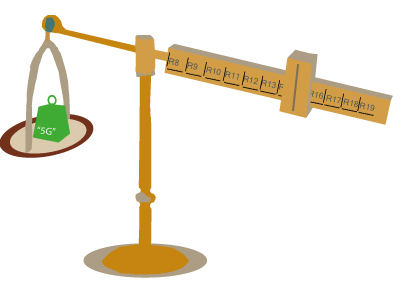 IIR Telecoms: What is 5G and how should operators be factoring it into their long term network plans?
IIR Telecoms: What is 5G and how should operators be factoring it into their long term network plans?
Philippe: The “5G” discussion has not yet started in 3GPP RAN.
IIR Telecoms: How important is C-RAN in network evolution and how can it enhance network availability?
Philippe: C-RAN, like other functions e.g. Network Virtualization Function, Mobile Edge Computing, etc … has not yet been studied in the context of 3GPP RAN architecture. These topics might be good candidates for the future “5G” discussion.
IIR Telecoms: What are the different types of Fronthaul and is there a business case for mobile operators to below this technology?
Philippe: Well may be first it would be good to clarify the definition of “fronthaul”, using the ITU definitions:
Backhaul: |
Link between eNodeB and higher level network elements (such as MME and SGW) carrying S1 interface |
Fronthaul: |
Link between eNodeB BBU and RRH carrying CPRI interface |
Midhaul: |
Link between eNodeBs and between eNodeB and small cell carrying X2 interface |
In fact, 3GPP RAN does not differentiate between the different types of Backhaul and interfaces like CPRI are not defined by 3GPP but by the ETSI Open Radio equipment Interface group. However, 3GPP specifications allow different types of deployment with regards to the types of backhaul e.g. Home eNB with DSL Access, Dual Connectivity associated with dense Pico node deployment with Fibre Access, Relay Node where a Wireless Backhaul it generated by radio itself. There is also the possibility of communication without backhaul – with Device to Device communications.
IIR Telecoms: What do you think will be the most effective solutions for LTE backhaul: SON, HetNet.. ?
Philippe: SON, HetNet, ICIC, NAICS, etc … are efficient solutions to improve the mobility experience because they use an acceptable amount of control plane signalling. This might not be the case for features like eCOMP where UE measurements need to be exchanged over the network.
Dual Connectivity (simultaneous connection to the macro and low power nodes) will reduce the handover and signalling to the CN. However, extensive signalling will be needed between eNBs due to data forwarding.
We should also keep in mind that LTE also has some “native” mechanisms to maintain the user experience over backhaul constraints e.g. the QoS management, congestion management, direct off load of traffic to internet, etc.
Extracted from: IIR Speaker Interview: 3GPP RAN WG3, ahead of the RAN & Backhaul Networks 2015 event.
http://ranbackhaulnetworks.com/speaker-interview-3gpp-ran-wg3/


 3GPP News
3GPP News
